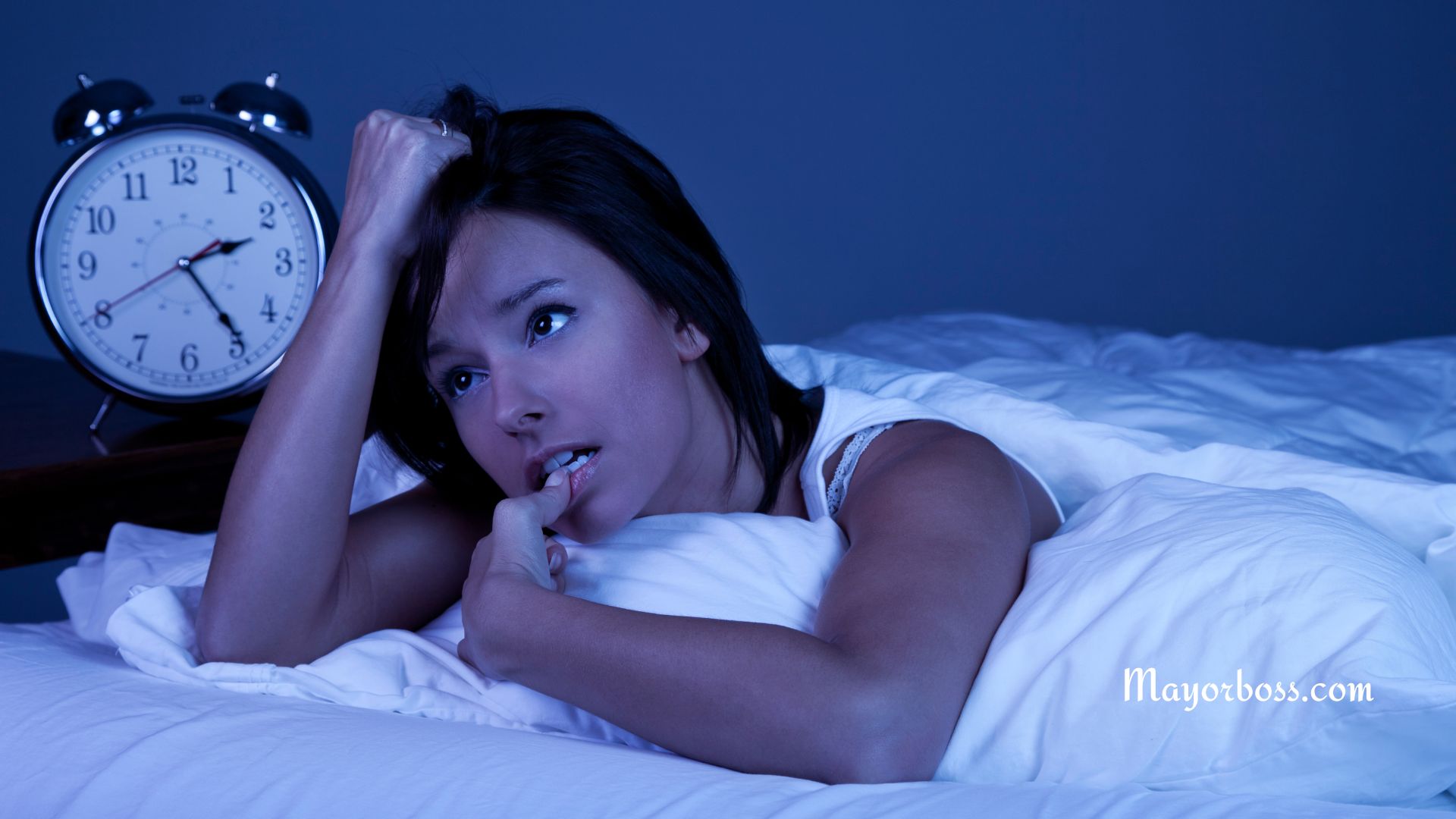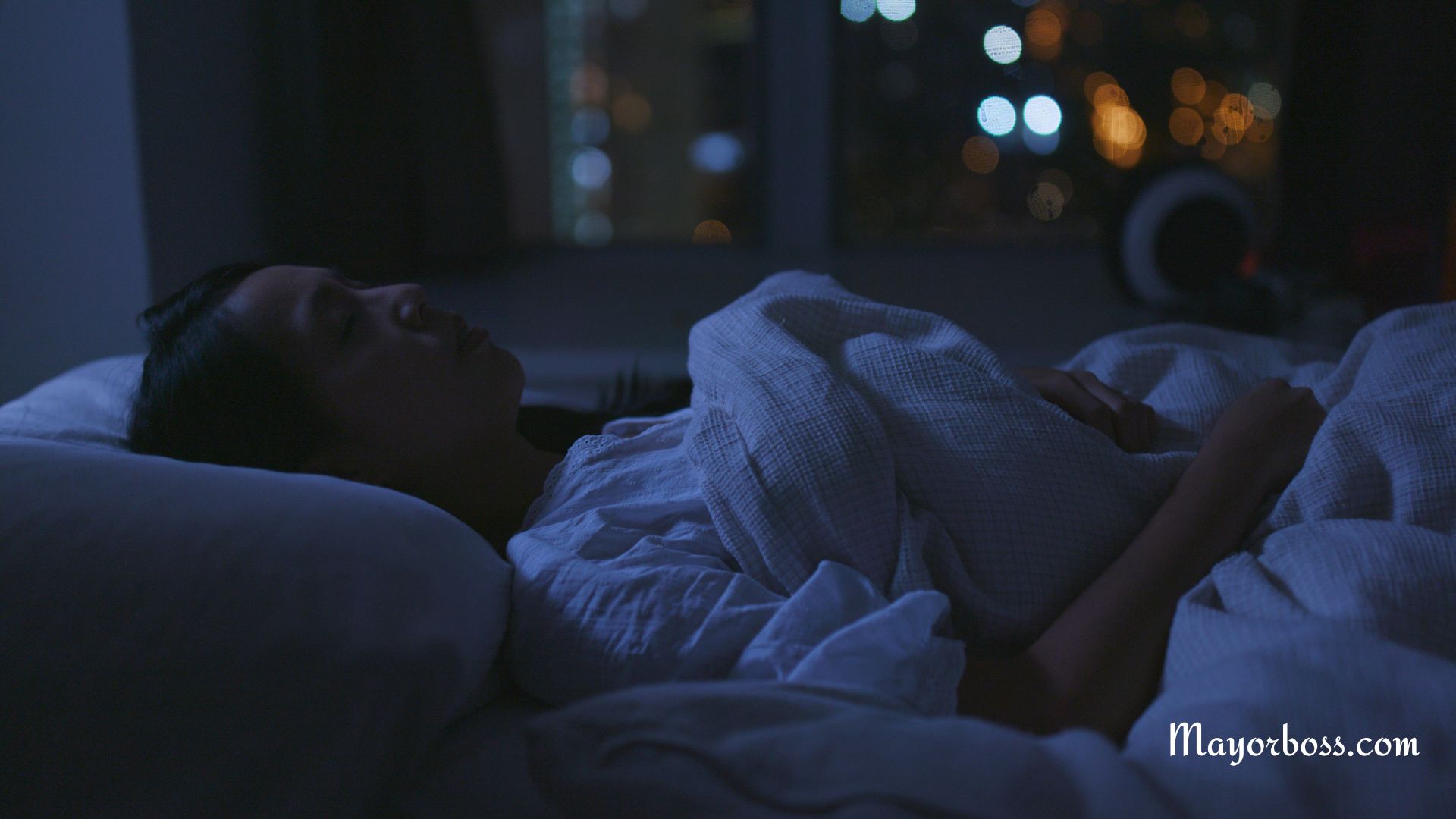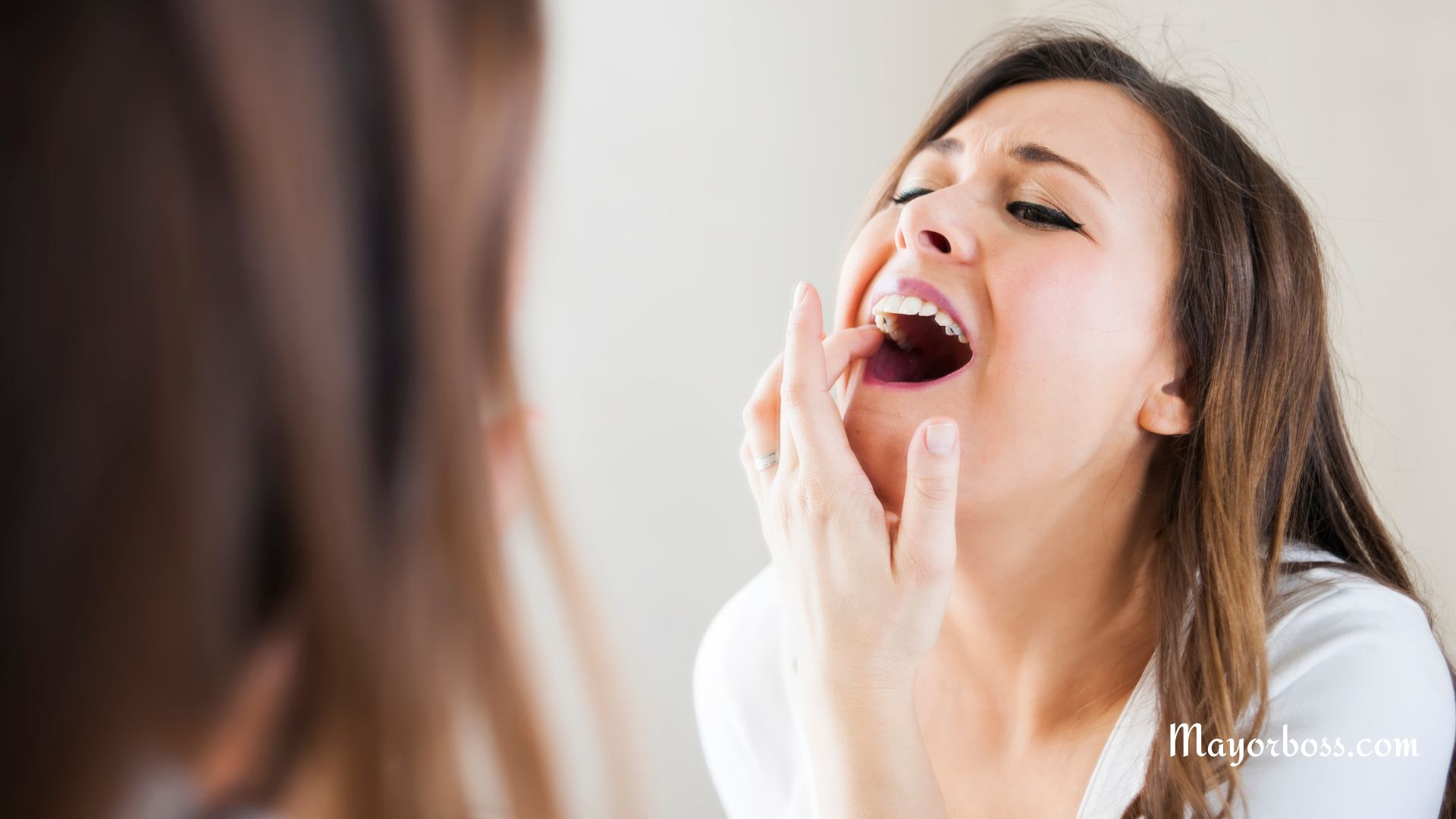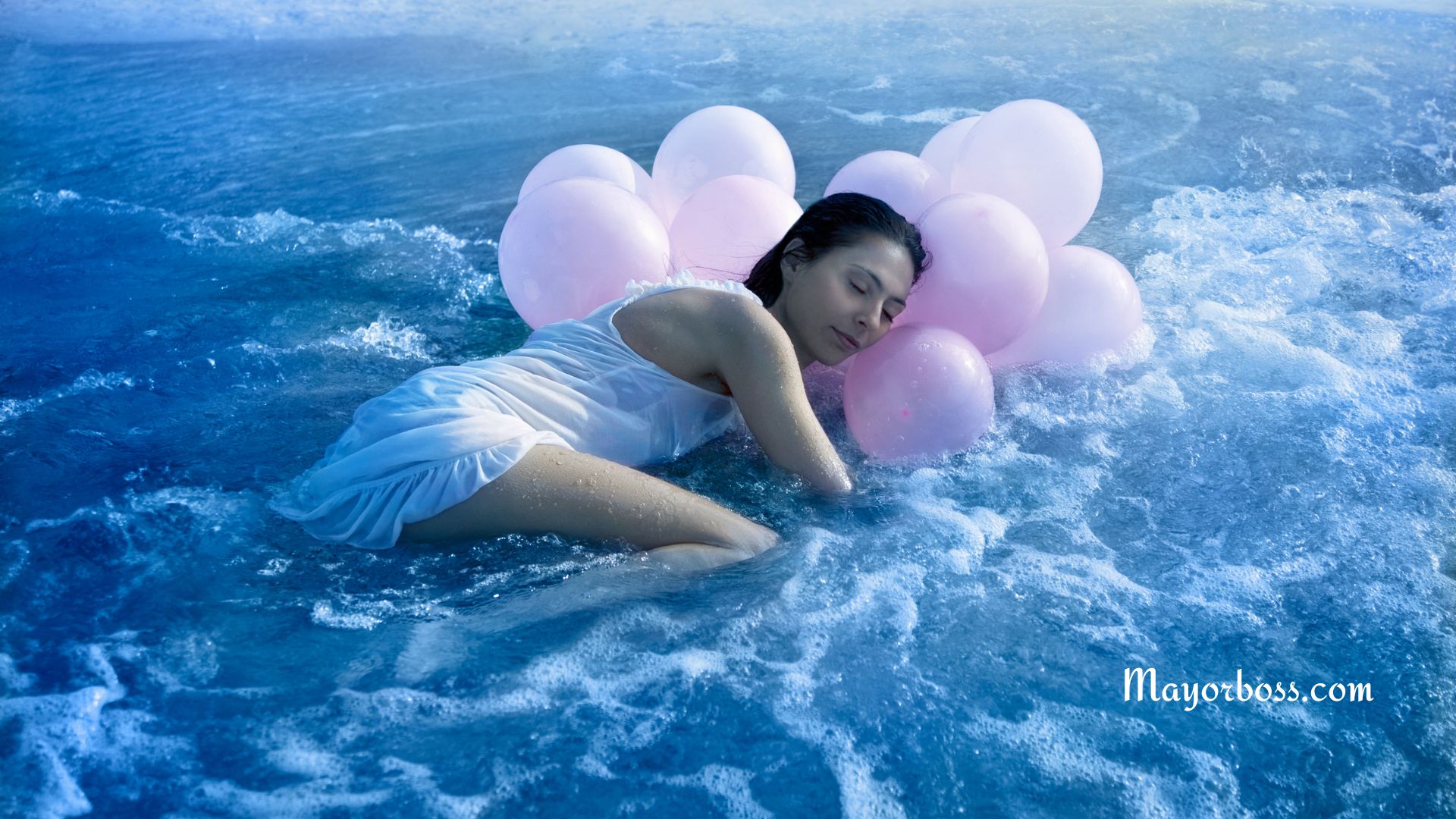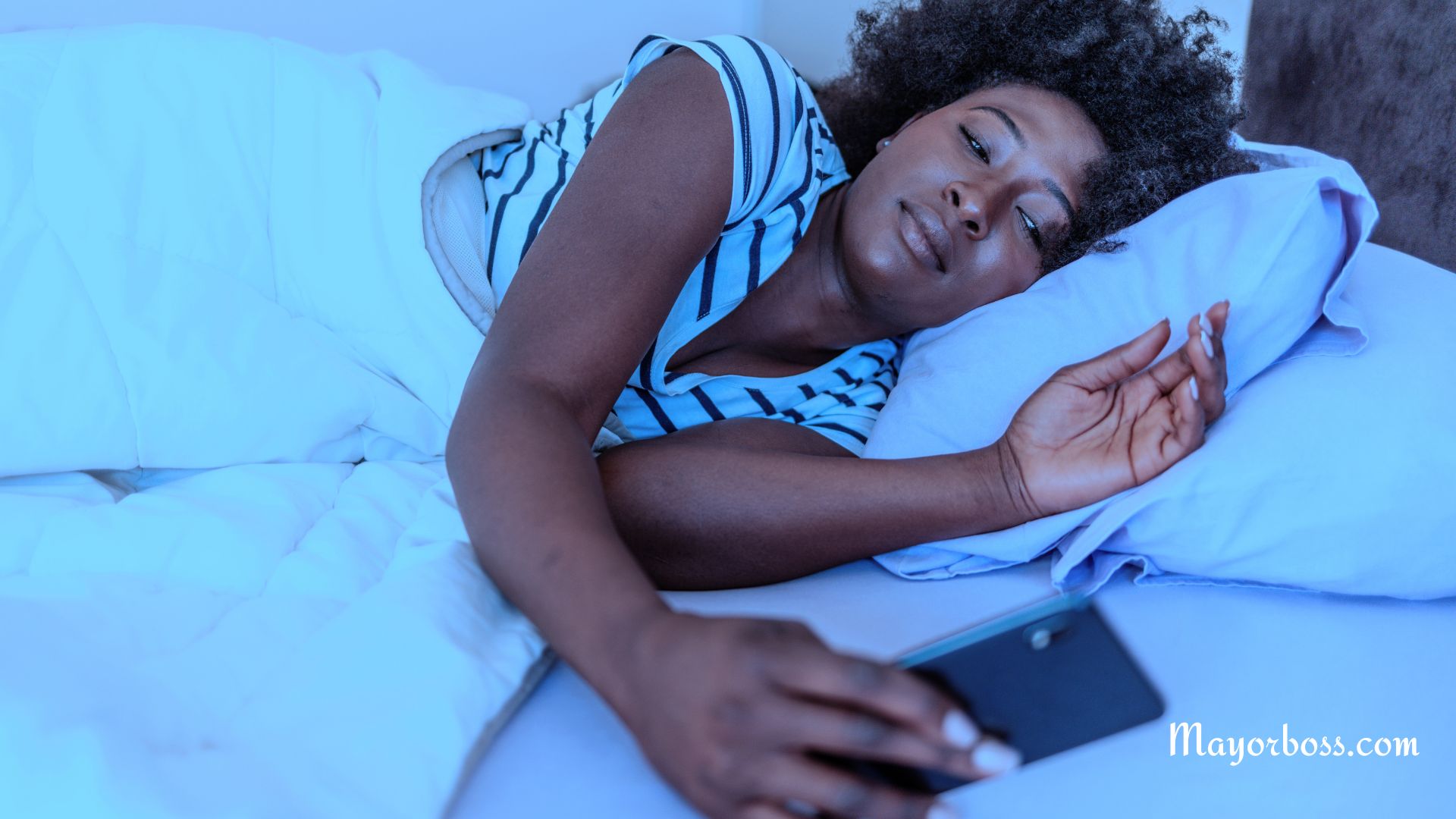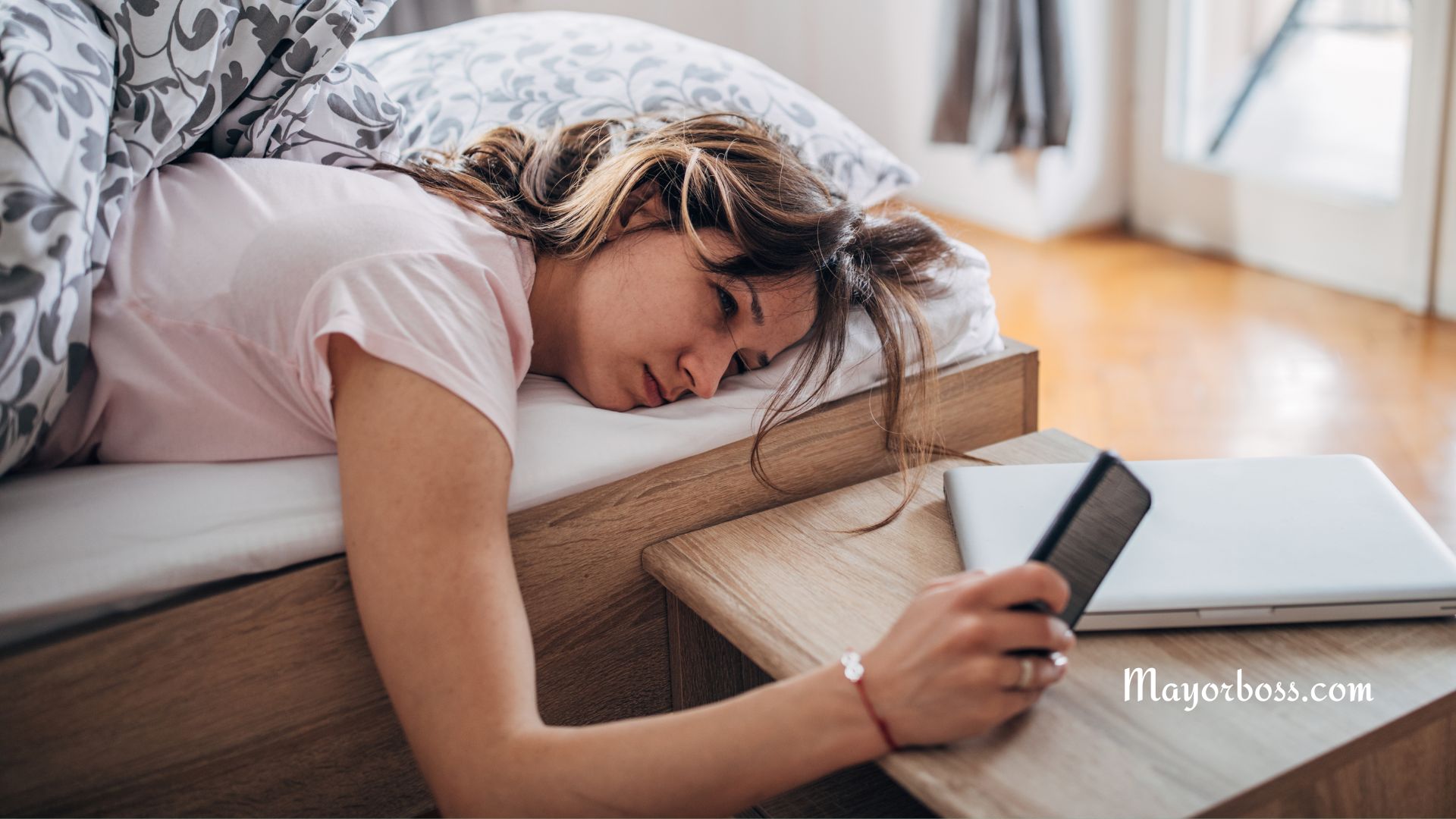Is Your Pajama Color Affecting Your Sleep? Discover the Truth
Have you ever considered that the color of your pajamas might be influencing the quality of your sleep? It might sound a bit far-fetched at first glance, but when you delve into the fascinating interplay between colors, psychology, and physiology, the concept becomes less whimsical and more worth exploring. Let’s uncover the truth behind this intriguing idea.
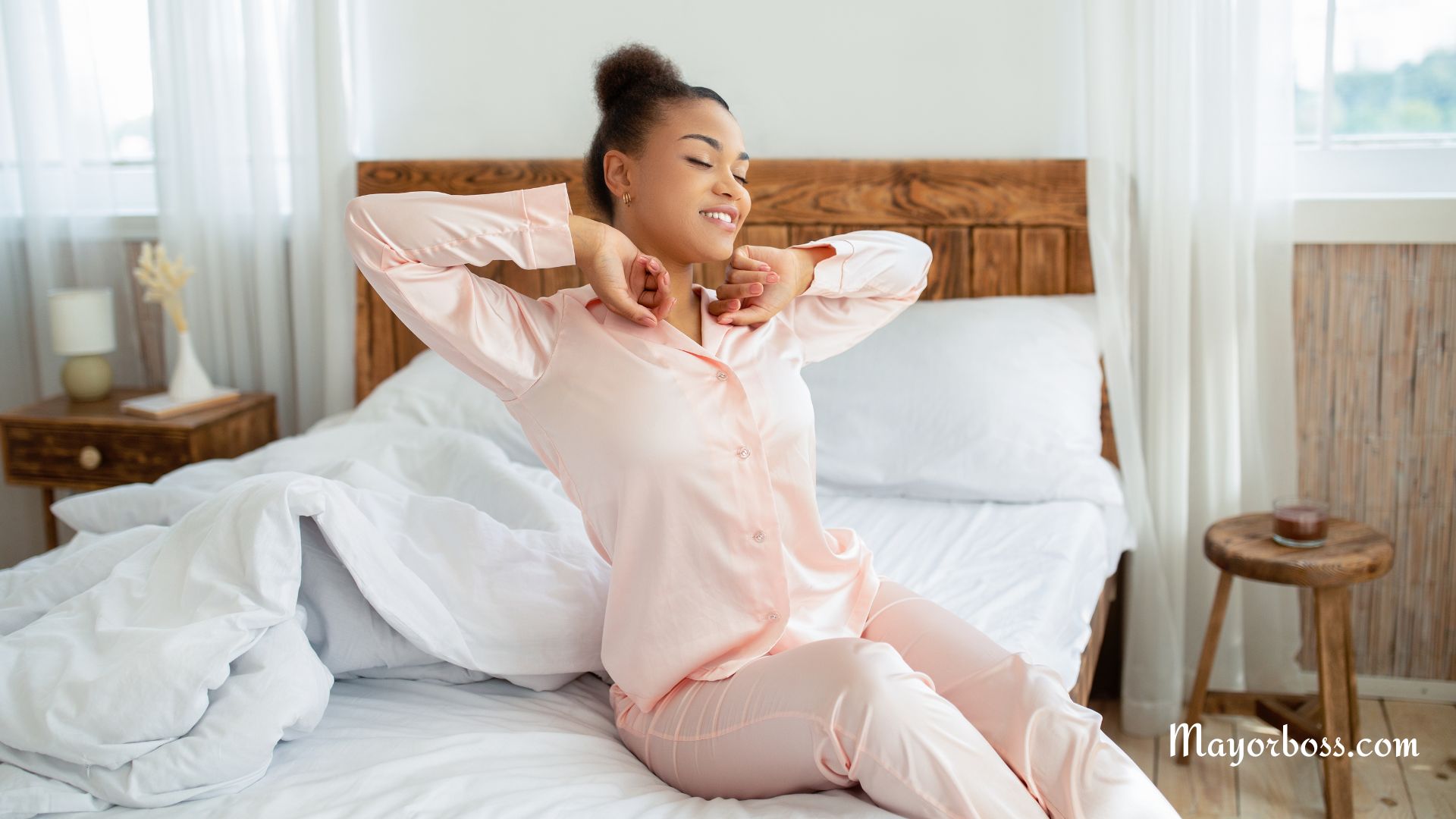
The Psychology of Color
How Colors Influence Us
Colors are not just a component of our visual world; they have profound psychological impacts. Think about it: You feel a certain way in a blue room as opposed to a red one. Similarly, the colors we wear can influence our moods and emotions. Studies in color psychology suggest that certain colors can calm us, while others might energize or even irritate us.
Nighttime and Color Perception
When you’re getting ready for bed, your environment plays a crucial role in signaling to your brain that it’s time to wind down. Soft, muted colors often promote relaxation, while bright, intense colors might keep your mind more alert.
The Influence of Pajama Color on Sleep
Direct Effects
While there’s no concrete scientific evidence linking pajama color directly to sleep quality, the psychological effect of color can’t be ignored. Wearing colors that are calming, such as soft blues, greens, or even gentle shades of lavender, could potentially create a psychological state more conducive to sleep.
Indirect Effects
Consider the fabric and fit of your pajamas. These factors, combined with color, can influence your comfort level. If you’re physically uncomfortable, no matter the color, you’re likely to have a harder time falling asleep.
Anecdotal Evidence and Personal Preferences
Individual Differences
Everyone’s response to color is somewhat personal. While one person might find a certain shade soothing, another might not have the same reaction. It’s important to consider your own preferences and experiences with different colors.
Comfort is Key
Ultimately, the most important factor in choosing pajamas for a good night’s sleep is comfort. If a particular color makes you feel relaxed and at ease, it’s a good choice for you.
Frequently Asked Questions
Does the color of my bedroom affect my sleep?
Yes, the color of your bedroom walls and decor can impact your sleep. Generally, cool, muted tones are seen as calming and conducive to sleep, while bright, vibrant colors might be more stimulating and potentially disruptive to sleep.
Can wearing bright-colored pajamas disrupt sleep?
It might, but it’s more about your personal reaction to the color. If bright colors energize or excite you, they might not be the best choice for sleepwear.
Is there a best color for pajamas to promote sleep?
There’s no universally best color for sleepwear. It’s about what makes you feel comfortable and relaxed. Soft, muted tones like blues, greens, and lavender are often recommended for their calming effects, but individual preferences play a significant role.
Conclusion
While the color of your pajamas may not be a make-or-break factor for your sleep quality, it can play a role in how you feel and how quickly you wind down at night. It’s a blend of personal preference, comfort, and the psychological effects of color. If you’re having trouble sleeping, it might be worth experimenting with different pajama colors to see if it makes a difference for you. Remember, the ultimate goal is to create a sleep environment that feels restful and comforting to you.

